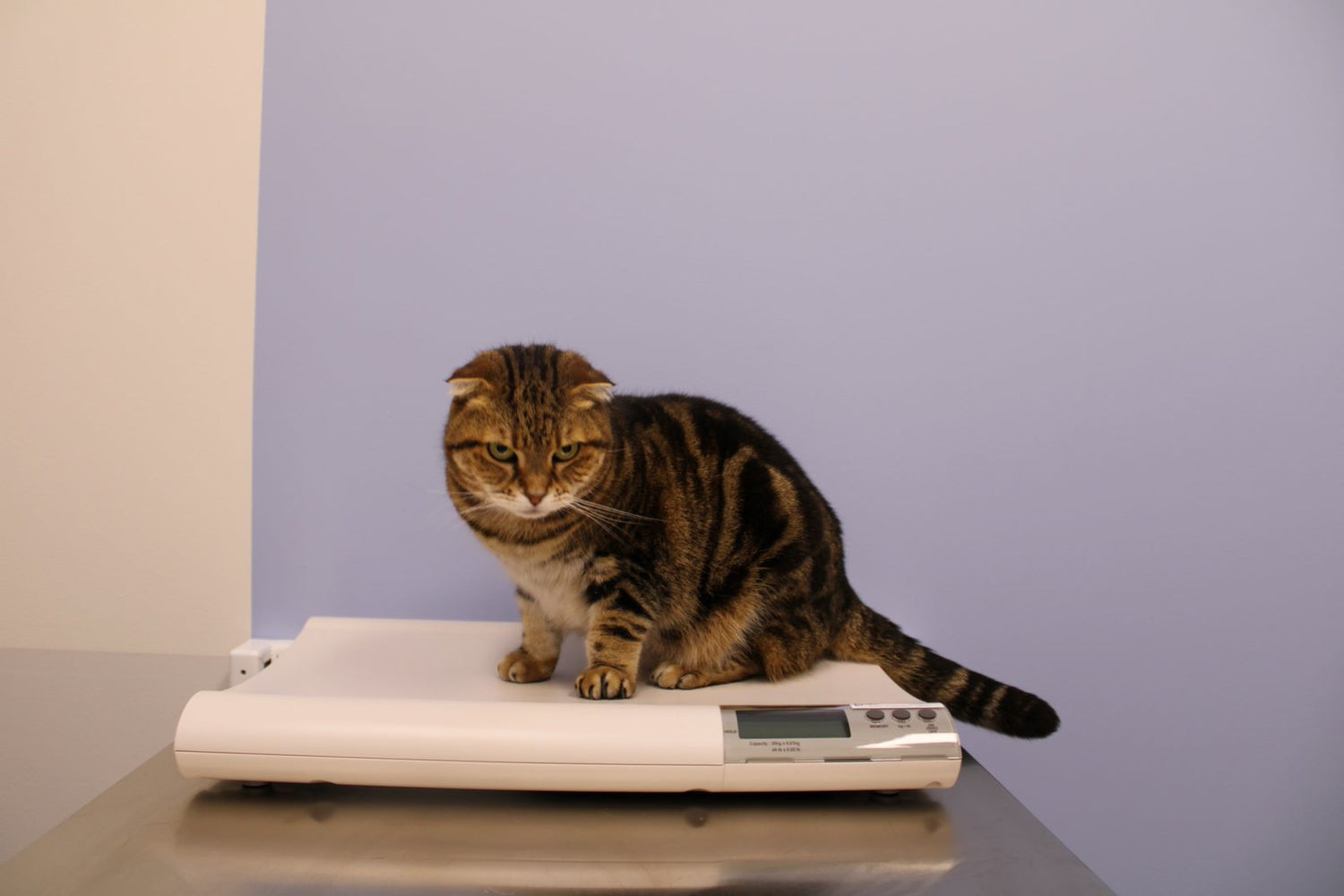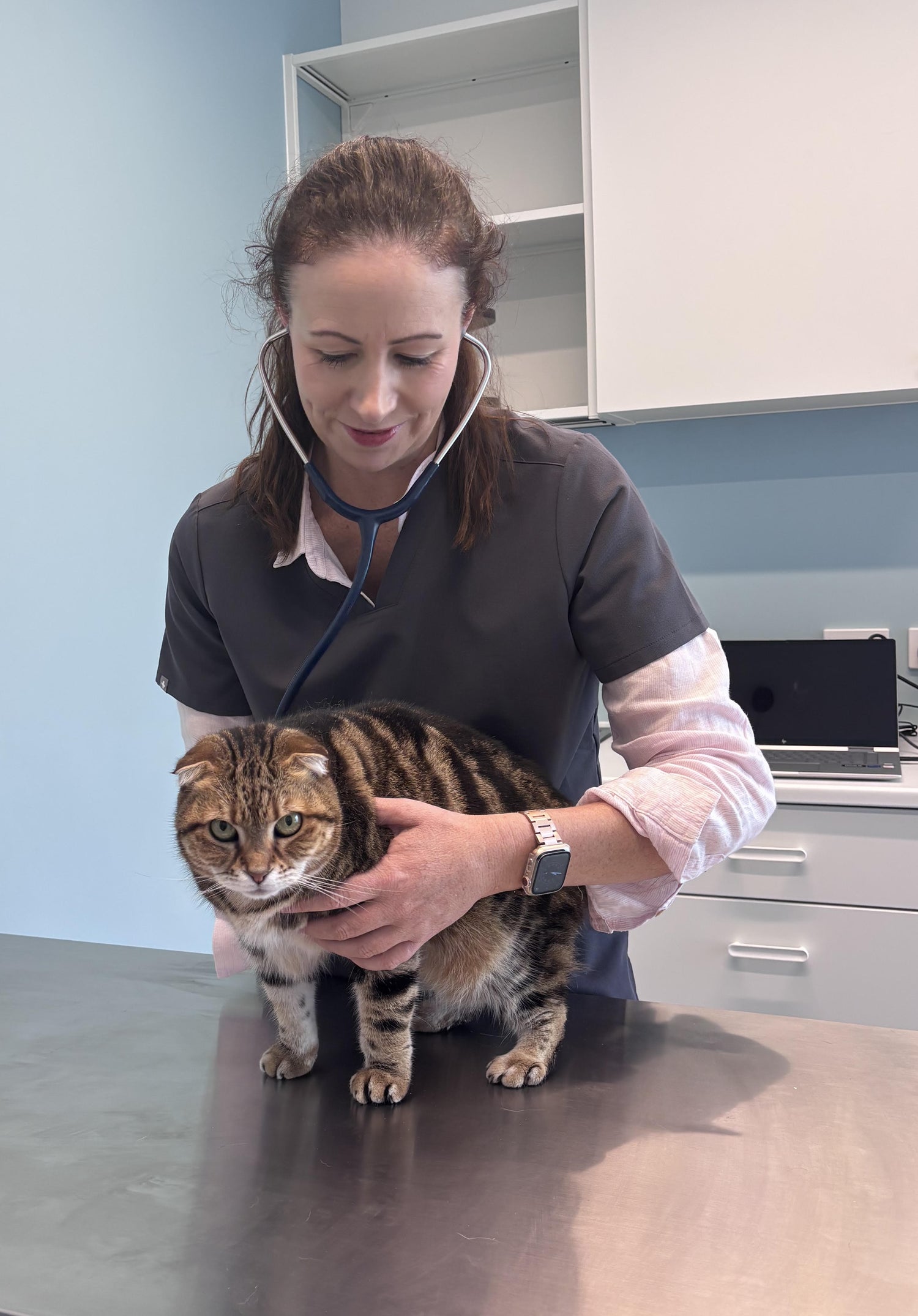Imaging

Radiography
Our hospital is fully equipped to take radiographs (or x-rays) of your pet. Our veterinarians will discuss your pet’s case and conduct a thorough physical examination to determine if your pet requires radiographs to be taken. Radiographs are a very important tool to help us diagnose diseases in animals, particularly for conditions involving bones, the chest or abdomen.
FAQ's
What happens to my pet when it is booked in for radiographs?
Most of our patients are admitted into hospital for the day to have radiographs taken, unless there is an emergency, when they will be admitted immediately. Your pet will most likely need to be sedated or anaesthetised for their radiographs to allow us to take the best quality radiographs possible. Please bring your pet in fasted on the morning of admission - please do not allow them access to food after 9pm the night before their radiography appointment but it is fine to allow them water up until they are admitted.
Once the radiographs have been taken, we will give you a call or book an appointment for our veterinarians to discuss the images, the diagnosis and the treatment plan for your pet.
Why do pets need to be sedated or anaesthetised to have radiographs taken?
When we have radiographs taken the radiographer asks us to keep perfectly still, often in different positions. Most pets would never lie still enough, in the correct position, for us to take good quality radiographs required to diagnose their condition. This can be quite stressful for your pet also. Sedation and/or anaesthesia allows us to get the most useful radiographs possible.
How are radiographs made?
Taking a radiograph is very similar to taking a photo, except we use x-rays instead of light rays. Different tissues in the body absorb x-rays to varying degrees. Of all the tissues in the body, bone absorbs the most x-rays. This is the reason that bone appears white on a radiograph. Soft tissues, such as the heart, kidneys or other organs, absorb some but not all of the x-rays, so they appear on a radiograph in different shades of grey. The air-filled lungs absorb relatively few x-rays so they appear dark grey or black on a radiograph. We will demonstrate and explain the radiographs at your pet’s discharge appointment.

Ultrasonography
Our hospital is equipped with an ultrasound scanner to assist evaluation of your pet’s condition if required. Our veterinarians will discuss your pet’s case and conduct a thorough physical examination to determine if your pet requires an ultrasound examination. An ultrasound scan is a very important tool to help us diagnose diseases in animals, particularly for conditions involving the organs within the abdomen.
FAQ's
What is an ultrasound scan?
Ultrasound scanning is a painless procedure that uses high frequency sound waves (inaudible to humans) to produce images of structures within the body. When sound waves are directed into the body, some are absorbed by body tissues and others bounce back. The sound waves that bounce back are measured by the ultrasound machine and are transformed into an image on a screen. The images can be printed or recorded. Training is required in order to correctly use this equipment and interpret these images.
Ultrasound scans are most useful for looking at soft or fluid-filled organs; like the liver, kidney, bladder and heart. It is less effective for examining bones or air-filled organs like the lungs.
A specialist ultrasonographer is likely to be the best option to obtain an accurate diagnosis requiring ultrasound and we have a mobile vet who is booked in advance for these procedures. They can also perform echocardiography when required to investigate heart disease.
What happens to my pet when it is booked in for an ultrasound scan?
Most of our patients are admitted into hospital for the day to have an ultrasound scan done, unless there is an emergency. We ask that you bring your pet in unfed on the morning of admission, as they may need to be sedated to allow us to do the best scan possible.
The area to be scanned will be shaved, so your pet may look different when they come home. No pain is felt during an ultrasound exam, however, discomfort from pressure may be experienced. Sedatives may be necessary for those animals that won’t stay still or are uncomfortable. During the scan a water-soluble gel is applied over the clipped area to be examined, and a transducer (probe) is placed on the skin.
Once the scan has been completed we will give you a call or book an appointment for our veterinarians to discuss the diagnosis and treatment plan for your pet.
